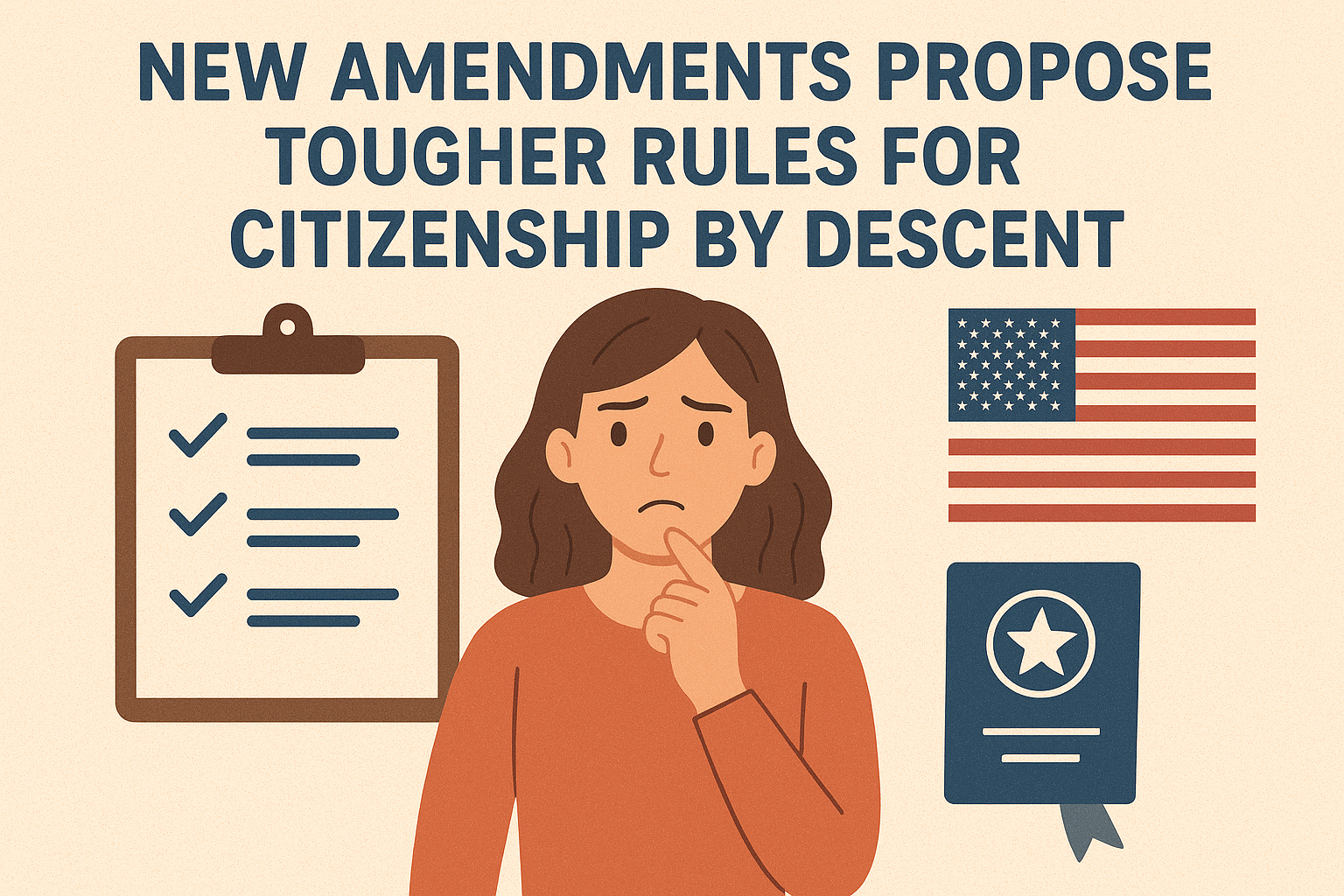If you’re a healthcare professional eyeing permanent residence in Canada, Ontario should be near the top of your list. The Ontario Immigrant Nominee Program (OINP) is one of Canada’s largest provincial nomination programs and — in 2025 — has been heavily targeting health occupations through its Employer Job Offer streams and targeted draws. This guide explains the best pathways for healthcare workers, eligibility requirements, application tips, licensing/credential essentials, recent OINP patterns, and how to maximize your chances in 2025.
Quick snapshot (TL;DR):
- Ontario has prioritized healthcare and early-childhood education occupations in frequent Employer Job Offer draws in 2025. Canada Immigration Services+1
- Main OINP routes relevant to healthcare workers: Employer Job Offer (Foreign Worker), Employer Job Offer (In-Demand Skills), Employer Job Offer (International Student), and express interest via OINP Expression of Interest (EOI). Ontario+1
- Licensing/registration with provincial regulatory bodies (e.g., College of Nurses of Ontario, College of Physicians & Surgeons of Ontario) is often required before you can work — and sometimes before you can be nominated.
- Credential assessment, English/French language scores, and a bona fide Ontario job offer are common must-haves.
Why Ontario for Healthcare Workers in 2025?
- High demand and targeted draws. In 2025, Ontario ran large, targeted draws inviting thousands of employer-sponsored candidates in healthcare and related priority occupations — a deliberate tilt toward healthcare to fill urgent shortages. Canada Immigration Services+1
- Multiple employer-driven streams. Ontario’s Employer Job Offer streams (Foreign Worker, In-Demand Skills, International Student) are designed to convert qualified foreign workers with Ontario job offers into provincial nominees — a direct route to PR. Ontario
- Pathway to PR + work now. Employer-sponsored nomination lets you apply for permanent residence while continuing to work in Ontario, and Express Entry-aligned nominations add 600 CRS points for faster federal PR processing if you choose the Express route. Canada
SEO keywords included above: Ontario Immigrant Nominee Program, healthcare, OINP health workers 2025, Ontario PNP healthcare stream.
Which OINP Streams Are Best for Healthcare Workers?
1. Employer Job Offer: Foreign Worker Stream
Best for medically-approved, licensed healthcare professionals already working in Ontario (or who have a firm job offer). Requires a full-time, permanent (indeterminate) job offer from an Ontario employer and compliance with wage/market conditions. Ontario
2. Employer Job Offer: In-Demand Skills Stream
Targets positions considered “in-demand” (often including certain health support roles). Jobs can be temporary/seasonal but must meet OINP requirements; draws under this stream have included healthcare occupations in 2025. Canada Immigration Services
3. Employer Job Offer: International Student Stream
For recent graduates from Ontario institutions who have an eligible job offer — useful for international nursing/health graduates who studied in Ontario. Ontario
4. Expression of Interest (EOI) / Notifications of Interest (NOI)
Ontario periodically issues Notifications of Interest to profiles in its EOI pool for priority occupations (healthcare often qualifies). If you receive an NOI, you can apply for provincial nomination. Recent high-volume draws have relied on this system. Canada Immigration Services
Common Health Occupations Ontario Seeks (examples)
Ontario’s priority lists and recent draws show repeated demand for roles such as:
- Registered Nurses / Nurse Practitioners
- Licensed Practical Nurses / Registered Practical Nurses
- Personal Support Workers / Home Support Workers
- Medical Laboratory Technologists & Technicians
- Medical Radiation Technologists
- Pharmacists and Pharmacy Technicians
- Physicians / General Practitioners and certain specialists (in some updated OINP pathways)
These roles have been heavily represented in OINP Employer Job Offer invitations in 2025. Canada Immigration Services+1
Note: exact National Occupational Classification (NOC) codes used in draws may change — always check the latest OINP occupation lists before applying.

Eligibility Checklist for Healthcare Workers (OINP)
While each stream has specific rules, most healthcare candidates will need the following:
For the candidate:
- Valid, full-time job offer from an Ontario employer in an eligible health occupation (letter of employment with duties, salary, hours). Ontario
- Appropriate education and credentials (degree, diploma, or certificate) and, where required, an educational credential assessment (ECA) for foreign qualifications.
- Proof of licensure or registration (or evidence you’re eligible to be licensed) with the relevant Ontario regulatory body (e.g., College of Nurses of Ontario, College of Physicians & Surgeons of Ontario). Many health professions cannot practice without a license.
- Language ability: English or French competency (IELTS, CELPIP, or TEF scores) — minimum levels depend on job/stream.
- Work experience as specified by the stream (some Employer Job Offer streams require specific months/years of experience).
- Admissibility to Canada (medical and criminal background checks).
For the employer:
- Demonstrate that the job is genuine and required (business registration, recent payrolls, recruitment evidence where required).
- Meet Ontario wage/working conditions; in some cases, complete an LMIA (if applicable) or demonstrate recruitment efforts.
- Commitment to provide settlement support (sometimes helpful in the application).
Important: For regulated health roles, meeting regulatory licensing requirements is often the bottleneck — licences can take months to obtain. Start this early.
Click Here To Learn More: How To Boost Your CRS Score As A Healthcare Professional in 2025
Step-by-Step Application Route (Practical Roadmap
- Confirm eligibility & choose the correct OINP stream. Use OINP stream descriptions and the employer-sponsored criteria. Ontario
- Secure an eligible Ontario job offer. Collect a detailed offer letter (duties, salary, hours, start date). Employers sometimes need to register with the OINP or show business documentation.
- Start regulatory licensing processes (if applicable). Apply to the relevant Ontario college (nursing, medicine, allied health). Obtain a Criminal Record Check and required credential assessments.
- Gather documents & register EOI (if required). Some streams use an Expression of Interest system — create a strong profile. Ontario
- Receive Notification of Interest or invitation to apply during a targeted draw (OINP issues NOIs/Invites). In 2025, Ontario issued hundreds to thousands in focused health draws. Canada Immigration Services
- Submit your OINP application online with supporting evidence and pay fees.
- Await nomination. If nominated, you’ll receive a provincial nomination (and 600 Express Entry CRS points if you applied through Express Entry), then apply to IRCC for permanent residence. Canada
Licensing & Credential Steps (must-do for regulated roles)
- Identify the Ontario regulator for your profession (e.g., College of Nurses of Ontario).
- Submit foreign credential evaluations and transcripts (ECA may be required for immigration).
- Pass any required exams (e.g., NCLEX for nurses in some pathways, MCCQE for physicians or equivalency steps).
- Complete supervised practice or bridging programs if required (Ontario offers bridging and supervised practice for internationally educated health professionals). evisaimmigration.com
Tip: Employers sometimes hire internationally educated professionals under supervised roles while licensing is in progress — but confirm the role is permitted and safe.
Recent 2025 OINP Trends (what the data shows)
- Large Employer Job Offer draws in 2025 issued thousands of invitations across Employer Job Offer streams, with a heavy focus on healthcare and early childhood occupations — signaling Ontario’s ongoing priority for healthcare labour. Canada Immigration Services+1
- Provincial targeting: Ontario used targeted invites and occupation lists to prioritize immediate labour market needs rather than broad, general draws — great news for eligible healthcare workers. immigcanada.com
Common Pitfalls & How to Avoid Them
- Waiting to start licensing — don’t. Licensing is frequently the main delay; start credential verification and regulator contact as soon as possible.
- Incomplete job offers — ensure the employer’s letter includes full details (NOC code, duties, wage, hours).
- Ignoring language requirements — make sure your test results meet or exceed minimums for the stream.
- Assuming all health jobs are equal — some health occupations (e.g., physicians) may have special OINP pathways but also higher licensing and credential hurdles. Research the specific path for your profession. evisaimmigration.com
Processing Times, Fees & What to Expect
- Processing times for OINP change frequently; employer-sponsored streams are often prioritized but can still take months. Expect additional time for regulatory licensing.
- Provincial nomination reduces federal processing time once you apply for PR (Express Entry nominees get 600 CRS points). Canada
Helpful Resources & Where to Check Updates
- Official OINP pages and stream selectors — primary source for stream criteria and occupation lists. Ontario+1
- Canada PNP info (Immigration, Refugees & Citizenship Canada) — for nomination → PR steps and Express Entry interaction. Canada
- Recent OINP draw reports and immigration news outlets (CIC News, Immigration.ca, Moving2Canada) for trend snapshots and invitation counts. Canada Immigration Services+1
Final Checklist — Are You Ready to Apply?
- You have a genuine, eligible job offer from an Ontario employer.
- You’ve started (or completed) licensing with your Ontario regulator.
- Your education credentials are assessed (ECA if needed).
- You have valid language test results.
- Employer has required business documentation and is ready to support your nomination.
- You understand the stream you are applying to and have tailored your application evidence accordingly.
Wrap Up — Why Now Is a Good Time
Ontario’s 2025 draws show a clear, active push to attract and retain healthcare professionals. If you have an eligible job offer, the right credentials, and a licensing plan, the OINP can be a fast and practical route to permanent residence. Prioritize licensing, secure a solid Ontario employer, and monitor OINP invitations and occupation lists — that’s how you turn a healthcare job into a lasting Canadian future.


















